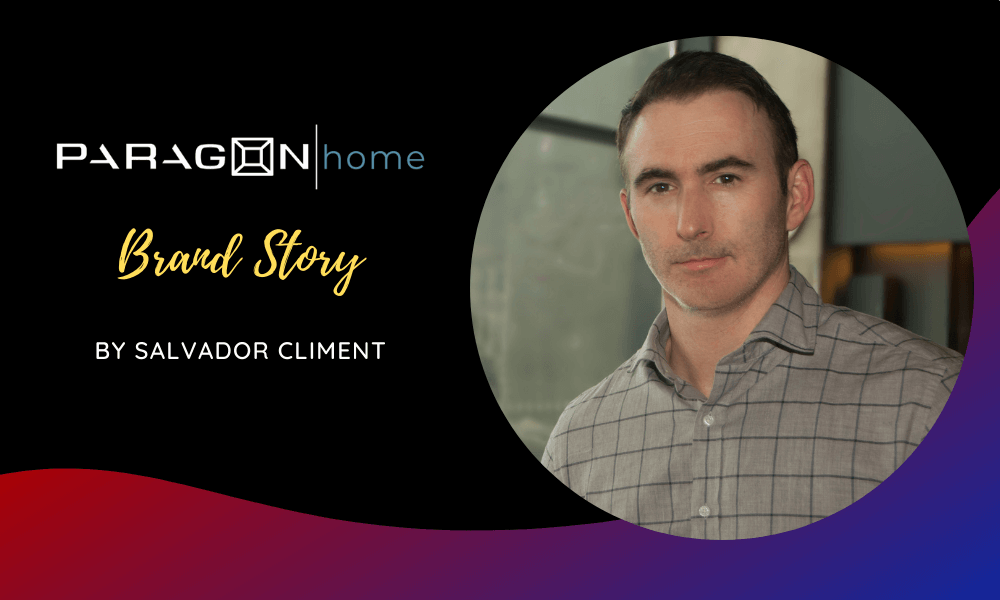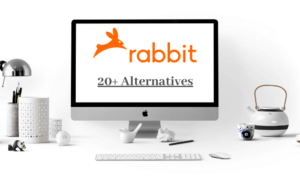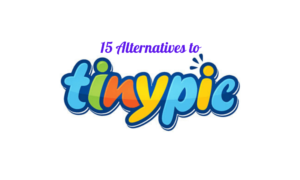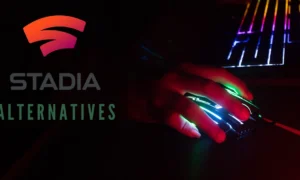I’m Salvador Climent, Co-Founder and CEO of Paragon Home and this is the story of how I went from SpaceX Engineer to entrepreneur of a revolutionary furniture company.
Originally from Spain, I studied mechanical engineering and wound up in the aerospace industry when I was 24. When my company offered me the opportunity to move to Seattle to work for the aerospace giant, Boeing, I knew it would be a great opportunity.
After working for Boeing for ten years, I wanted a greater challenge and so I made the move to SpaceX as an Aerospace Structures Engineer. During that time, I was fortunate to learn much about aerospace design for rockets, space capsules, and satellites. But aside from that, I also saw the inner workings of SpaceX, a revolutionary and successful startup, and it inspired me.
SpaceX, Leaving the “Dream Career”
My entrepreneurial interest started when I learned about Steve Jobs and how much impact one person could have on the development of a product. Specifically, the MacIntosh, a computer that I knew well and loved as a kid.
I had always admired the MacIntosh because to me, it was a perfect combination of a beautiful design and a cutting-edge graphical user interface. Moreover, I saw it as the pinnacle of engineering and the ultimate challenge, to design and engineer a product that looks amazing and performs the best. I knew that one day I wanted to do this with my own product.
During the ten years that I worked for Boeing, I learned the technical skills to develop the most lightweight and strong structures in the world, and how to learn almost anything quickly and implement it successfully (although, rarely the first time).
Towards the end of those ten years, I felt that the next step to make my career more fulfilling was to have my own venture. I read books and listened to lectures about startups, and then, a product idea came to me. While living in Seattle, we were paying a premium price for a small, 470 square foot apartment. Despite the high rent, my wife and I didn’t have room for a dining set.
This often meant eating uncomfortably at the kitchen bar or awkwardly on the couch. And forget about hosting friends or family for dinner. How awesome would it be if we could have a coffee table that expanded into a dining table? And maybe this coffee table could also have a bench for additional seating. Nothing like this existed. So, we thought, let’s create it.
The best path forward as I saw it was to focus 100% of my time on developing this product. If I could only spend weekends working on my startup, I knew it would take many years to get off the ground. I felt I was ready to take the risk and give it a shot. Within a few months of leaving SpaceX, we sold our house and moved to my hometown in Spain, where the low cost of living would give us the freedom to work solely on our startup.
See Also: KickHouse – Brand Story by Jessica Yarmey (CEO)
Founding Paragon Home
Besides the millions of things, we had to do to get settled after arriving in Spain, starting our business required navigating the bureaucracy typical of Spain. This took some time.
In the early days, while developing the original idea, I worked from my parent’s garage, which I loved because it looked a lot like the shop where Henry Ford developed his Quadricycle. I even had a picture of it on the wall. Unfortunately, it didn’t have the heater that his shop had and it was freezing cold. During this time, I got as sick as I had ever been, with 104 fever for a week.
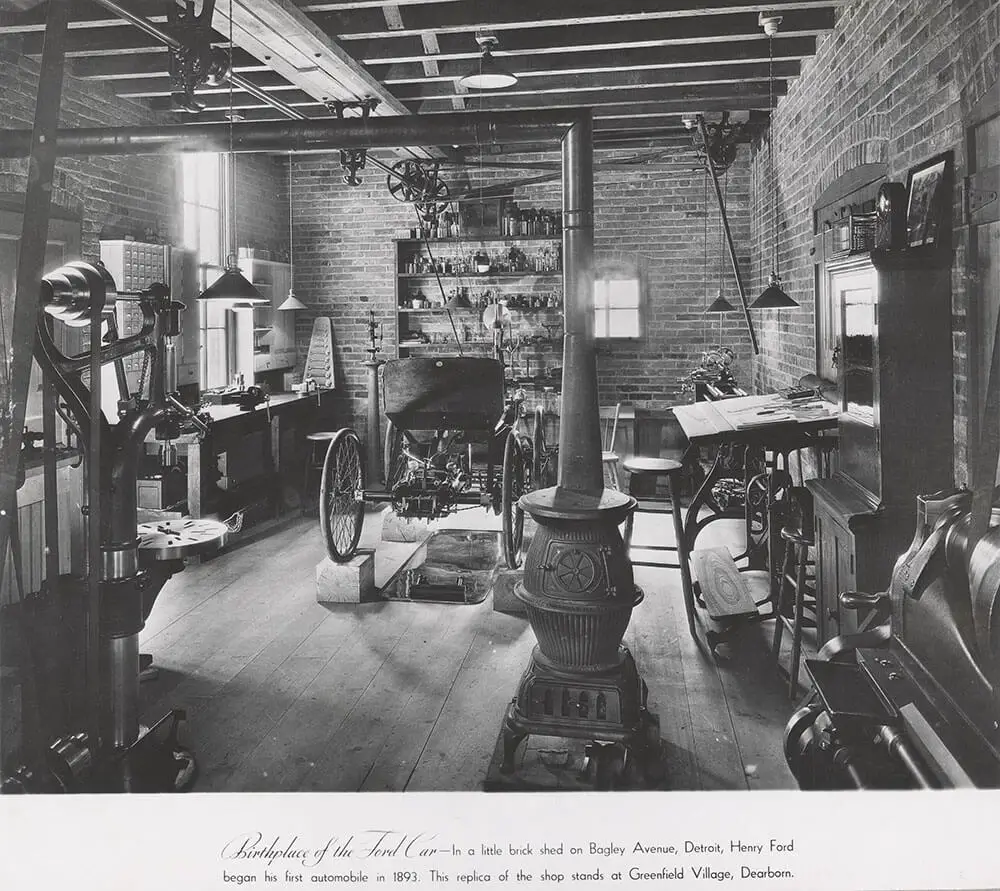
It is great to be frugal but there is a limit because pushing the limits can be dangerous. I found this to be especially true during the prototype development stage. One time, while cutting metal with a circular saw, my setup had shifted, causing support to touch the blade, making the saw explode into a dozen flying parts. I remember at that moment looking at my body like Vincent and Jules in Pulp Fiction after being shot at by a man with a revolver. As in the movie, it was a miracle that I had walked away uninjured.
To have limited funds means that the two co-founders have to do everything, from putting spackle and painting the office walls of the warehouse, to learning every single process required to make the product. And our product requires a lot of complex skills: woodworking, metalworking, and electronics. With limited money to hire, we utilized the help of an intern.
We had two interns come and go in the first year. They hadn’t measured up to our expectations, which were admittedly, high. We were fortunate to have found our third intern, Alberto, who is like a founder: frugal, focused, hard-working and passionate. We knew early on that we would hire him and give him a percentage of the company.
You May Like: GMR Transcription: Brand Story by Beth Worthy (President)
Manufacturing Our Product
When our original product idea was in the final stages of development, we generated our business plan and requested loans from several different financial institutions. We soon found that the loan we were requesting was too large, so to reduce the amount that we needed, we did what we called “the great pivot.” This meant simplifying the design significantly.
We figured out a design that offered the basic functionality that we wanted but in the most cost-effective way. Immediately, we secured the funding we needed to get started with manufacturing. Then the pandemic hit. In Spain, we were confined to our homes for 45 days, only allowed to leave for groceries and medical appointments. This meant a huge delay for us on prototyping.
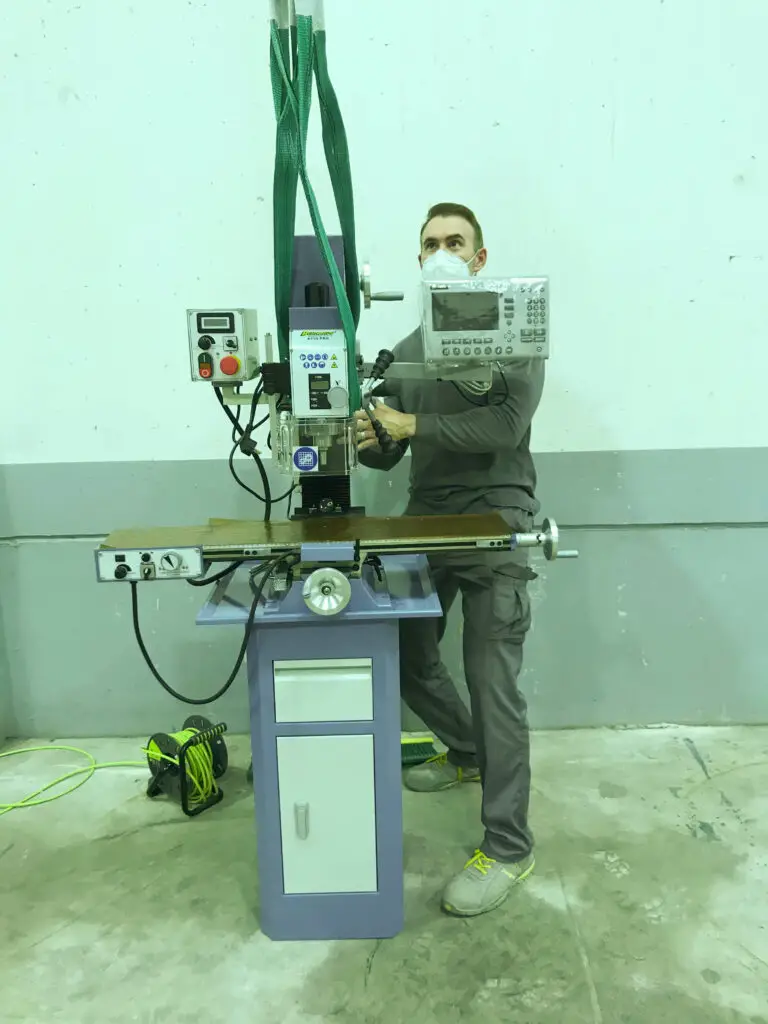
At least during this period, we were able to utilize some of our equipment to help front-line workers during the pandemic, such as 3D printing parts for face shields for local health care workers. Once the lockdown period eased, we began the search for a cheap warehouse. Once we found a warehouse, we purchased the rest of the machinery needed to build our first product, the Paragon Table. This is an electronic transforming coffee to the dining table – perfect for small space living.
See Also: Manta Sleep – Brand Story by Mark Zhang (CEO & Founder)
Our Mission at Paragon Home
At Paragon Home, we want to make revolutionary products that improve your quality of life. In the case of the Paragon Table, which allows you to have a full dining set regardless of the size of your floorplan. We add cool technology such as one-push transforming, customizable LEDs, smart sensors, and a speaker because we want to create the best user experience.
Additionally, we use sustainably-sourced raw materials and eco-friendly manufacturing processes because we believe that we have a duty as a company to minimize our impact on the planet. This is especially true being a furniture company at a time when deforestation is a major environmental concern. Our commitment here is that we will only use PEFC-certified sustainable wood.
Paragon Home seeks to revolutionize the furniture industry by changing our views and expectations of traditional furniture. Now, more than ever before, people are moving to and living in cities. Urban development is booming but so are real estate prices, and floorplans are getting smaller and smaller.
No longer does it make sense to have bulky furniture that only serves one function. Transforming furniture is the future and Paragon Home wants to make it like the product that inspired us to be entrepreneurs all those years ago, beautiful and functionally, the best.

